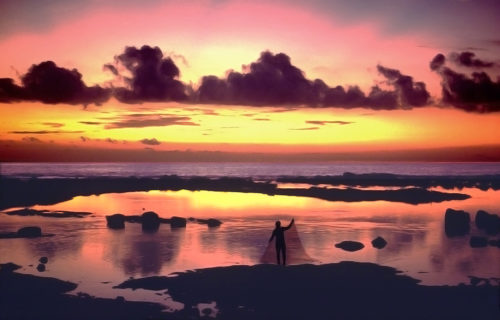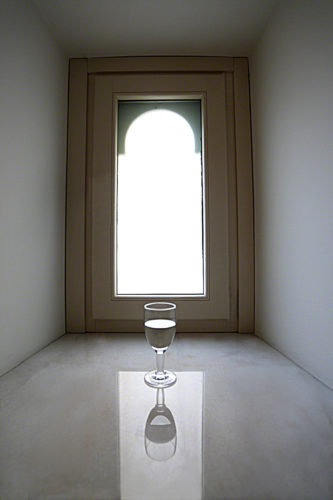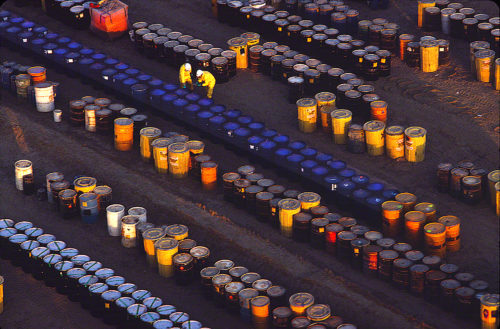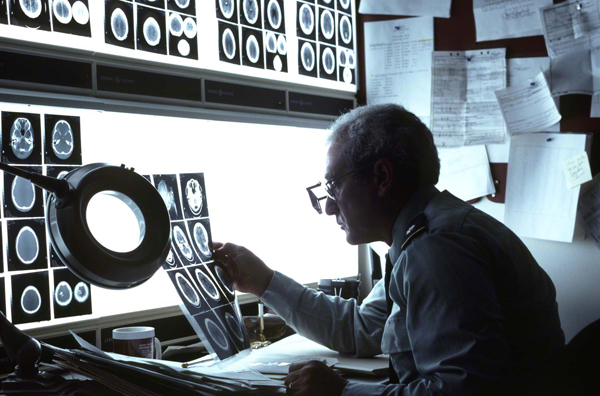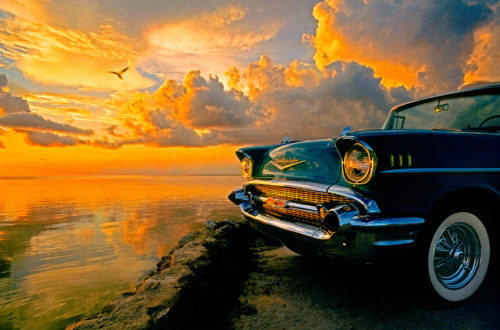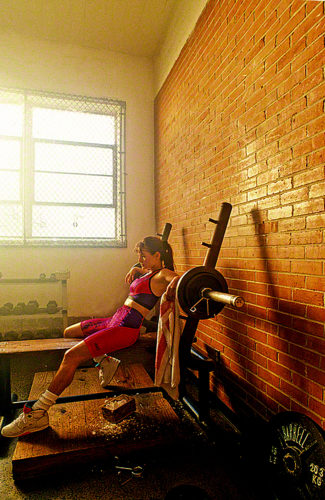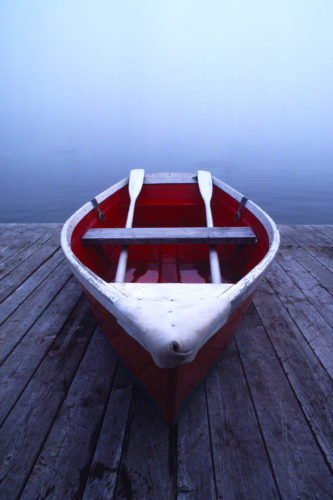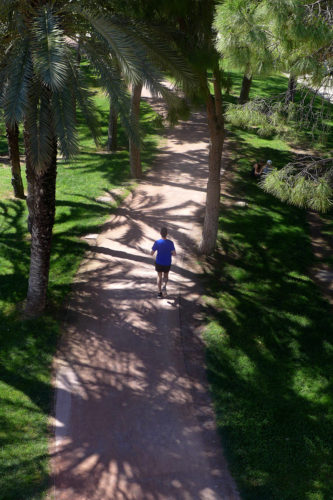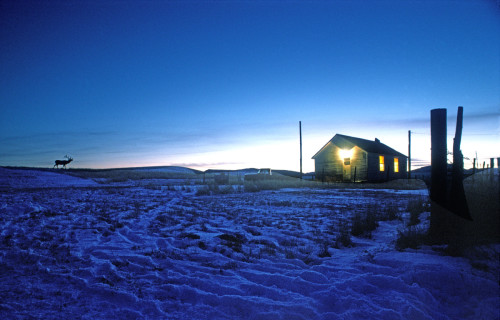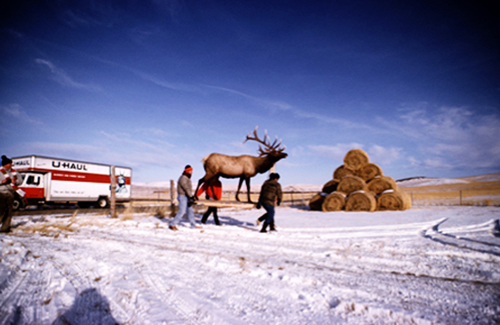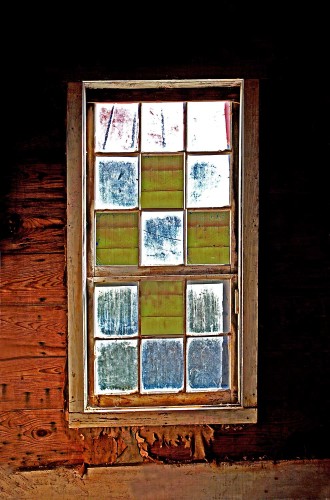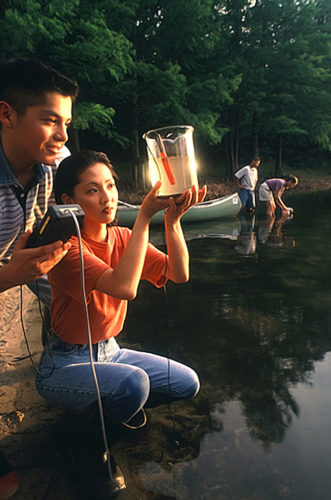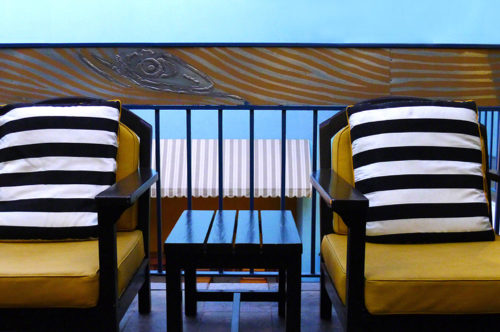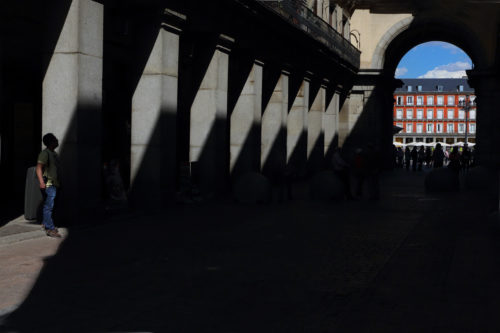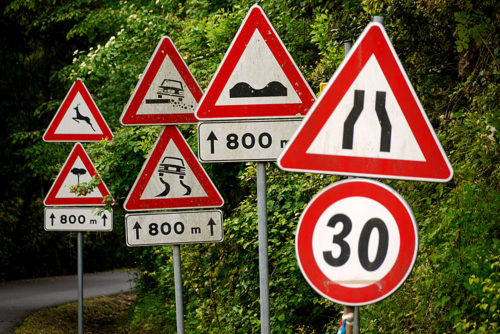For those of you that are reading my post for the first time, I was an advertising, corporate, and editorial photographer for fifty years.
I’m retired now and teach an online class with the BPSOP, and I also conduct my “Stretching Your Frame of Mind” workshops all over this (round) planet.
I teach my fellow photographers how to incorporate the basic elements of visual design into their imagery. At the same time I work with them on becoming stronger shooters…how you ask?
First, let me finish my digital thought I posted in the title of this post. I didn’t write it and I’m not sure any one person did. At one point in time, I even might have had a hand in it since it’s one of my mantras!!
“Everyone’s a photographer until they try to shoot in the manual mode”. As I said, one of my mantras.
Shooting in the manual mode means that you’re in charge and not the camera; it’s a camera, but it’s also a machine. You make all three decisions: The exposure, the aperture, and the ISO. I can tell you that it’s in your best interest if you want to move your level of photo expertise what I refer to as ‘up a notch’.
In my online classes, it’s always a struggle to get people to stop depending on a program. One of the biggest problems is that most of the photographers out there started in the digital era, and think it’s important to use what the camera offers up by letting the camera make all the creative decisions…remember that it’s a machine, not an instrument for producing creative thought.
I have students that accept the fact (and wear it proudly on their chest) that shooting in the aperture mode is a bad habit, but they won’t do anything about it. It’s part being afraid to learn, and being too lazy to even try. That said, there’s a lot of comfort in shooting with a camera that’s fully automatic…unfortunately!!!
Shooting in ‘A’ means that the photographer sets the F/stop and the camera automatically sets the shutter speed. The problem here is that the camera won’t know what shutter speed will be fast (or slow) enough to do what you intended…it just picks one for you.
Shooting in ‘S’, the shutter priority, isn’t any better. You choose the shutter speed and the camera decides on what is going to be in focus…seriously????? I just shake my head and wonder why a photographer would not want to be in control of his/her photo destiny!!!
While a camera might be smart to some extent, it won’t ever be able to make any artistic decisions; and make no mistake, we are all artists who have chosen the camera as our medium.
Having written all this, if you really want to take you photography “to where no man has gone before”, then set your camera to ‘M’ on your dial and start practicing. It will take a commitment on your part, but the rewards are well worth it.
You can always sign up for my classes and I’ll help you!!!
Visit my new website at: www.joebaraban.com, and check out my workshop schedule at the top of this blog. Come shoot with me sometime.
JoeB
